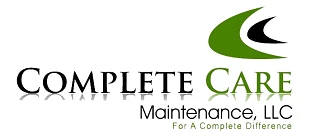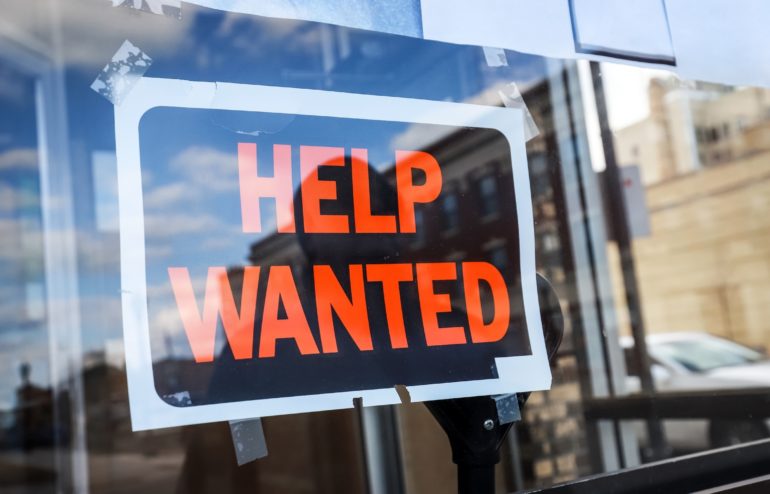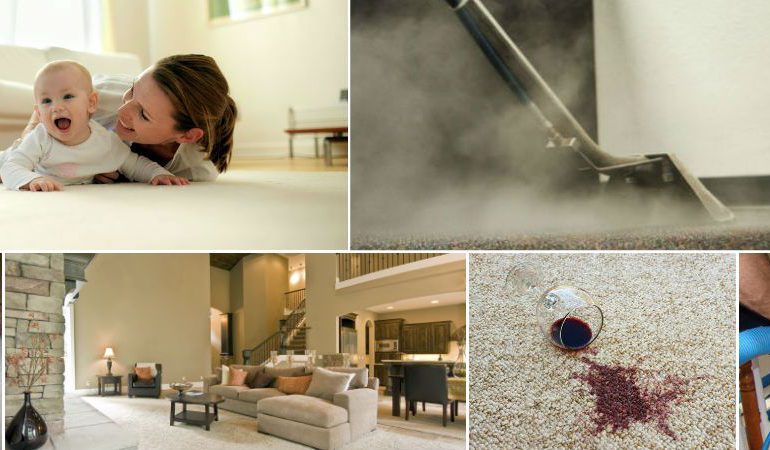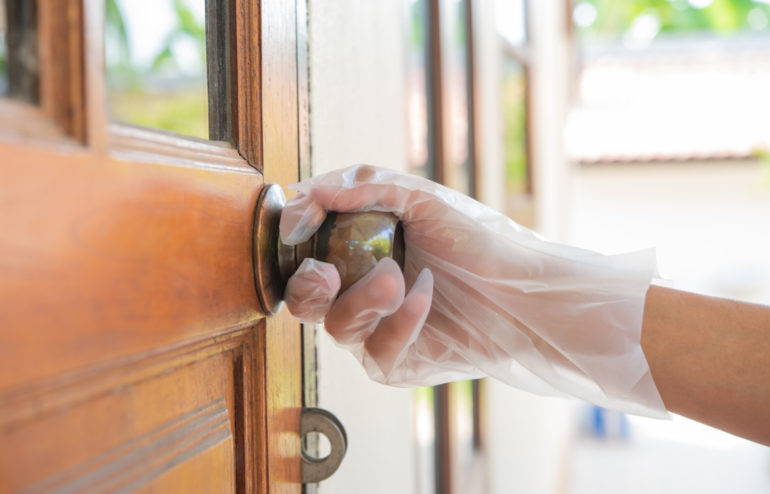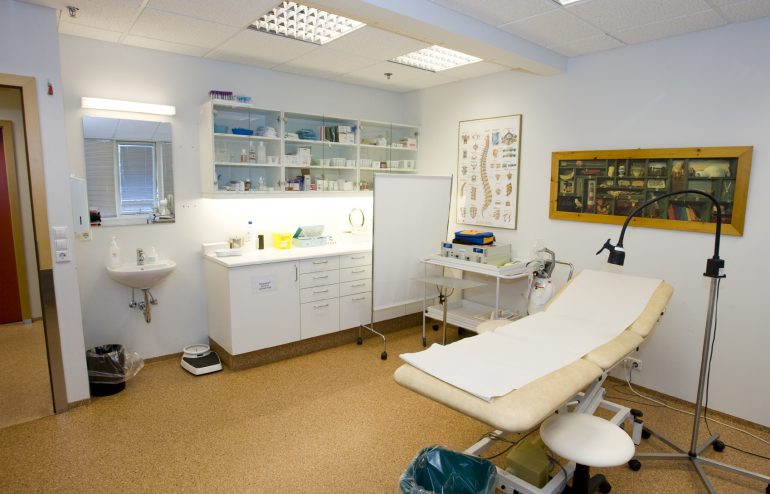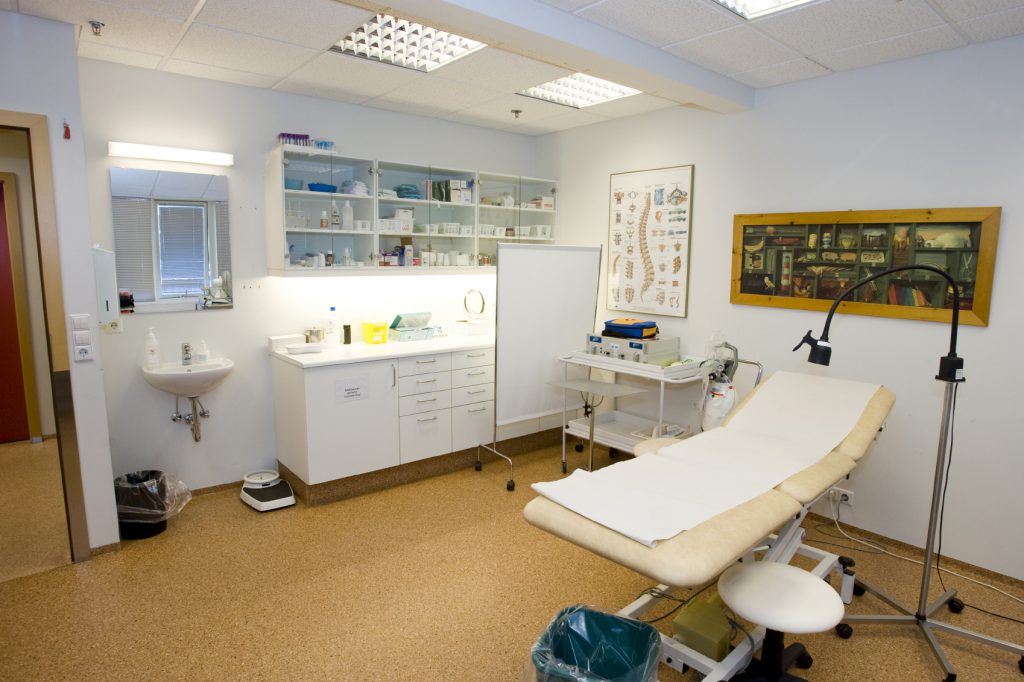Unless you have been living under a rock, you have no doubt seen the effects of the current labor shortage. With businesses across the country navigating the troubled waters of reopening amidst an ongoing pandemic, the lack of qualified workers is a menacing problem. The COVID-19 pandemic has changed consumer expectations and business owners know that they need to provide a visibly clean and sanitary environment if they are to survive. Upgrading cleaning and disinfecting protocols are imperative, but finding the staff to manage these additional duties is proving difficult. In response, many businesses are turning to commercial cleaning services to fill the gap.
With the continuing impact of the COVID pandemic, changing consumer expectations, and a looming labor shortage, hiring a commercial cleaning company makes a lot of sense. It helps ensure a safe environment for customers and staff, reduces absenteeism, and builds consumer confidence. All while eliminating the need for in-house cleaning staff and the added expense of cleaning equipment, chemicals, and supplies.
HOW COMMERCIAL CLEANING SERVICES CAN HELP
Reduces The Need To Hire
When a business outsources it cleaning and disinfecting duties to a commercial cleaning company it no longer has to hire additional in-house staff to manage the increased workload new cleaning protocols require.
Let’s face it, hiring staff is expensive. There are ads to run, interviews to conduct, background checks, training, and other onboarding expenses of both time and money. Outsourcing your cleaning and disinfecting needs to a facilities management company shifts this burden to the contractor.
Eliminates The Need Train
While most businesses recognize the increased need for cleaning and disinfecting, few business owners truly understand the underlying processes that accomplish these goals. They not only need to educate themselves about proper cleaning and disinfecting protocols, but they must then pass that knowledge onto their staff. Hiring a commercial cleaning company puts knowledgeable staff at your fingertips right from the start.
Reduces The Cost Of Supplies
Cleaning equipment, chemicals, and supplies are costly. Especially if you are buying in small quantities from your local; supply store. In addition, the cost of purchasing and maintaining expensive cleaning equipment adds an additional financial burden. We are not talking about mops and buckets. We are talking about commercial-grade vacuums, industrial floor scrubbers, and other cleaning equipment that most businesses do not consider.
A quality commercial cleaning service provider will have quality equipment, will provide all of the necessary chemicals and supplies, and will store and maintain it. In addition, a commercial cleaning service provider may have access to chemicals and equipment that would be difficult for an average business to obtain. Think electrostatic sprayers or cold-fogging machines.
Improves Employee Satisfaction
In the midst of a labor shortage, the last thing you need is to begin losing staff. Ensuring employee satisfaction helps to reduce turnover rates and absenteeism. Studies show that employee satisfaction also impacts productivity and motivation.
Asking your staff to take on additional duties like cleaning the restrooms, or scrubbing the floors is not likely to improve their level of job satisfaction. In many cases, employees site increased workload as a reason for leaving their jobs, and right now, they are quitting in droves.
Hiring a commercial cleaning service means your staff will not be responsible for the cleaning of your facility. It also means that they will be working in a clean and safe environment – another major aspect of employee satisfaction.
WANT TO KNOW HOW COMMERCIAL CLEANING CAN HELP YOUR BUSINESS?
Call or contact Complete Care Maintenance to learn how we can help your business survive in these uncertain times.
